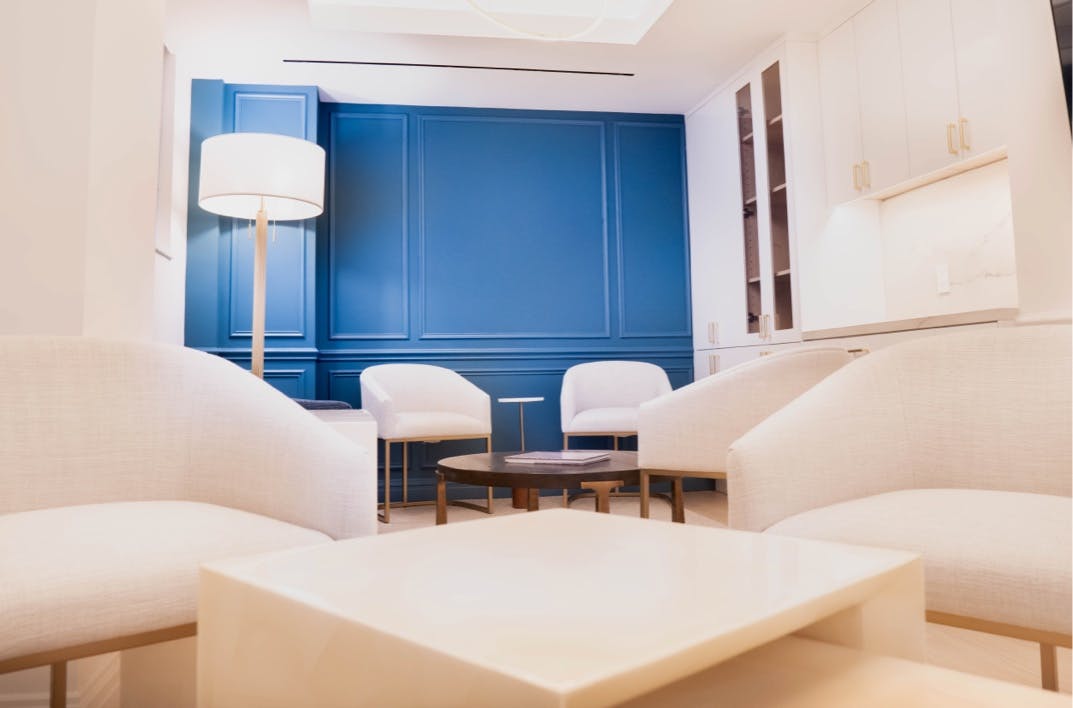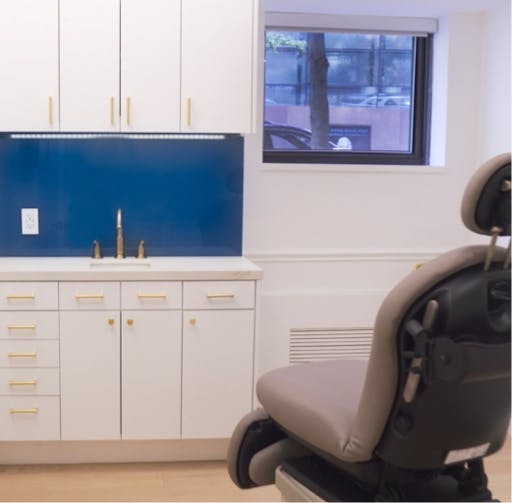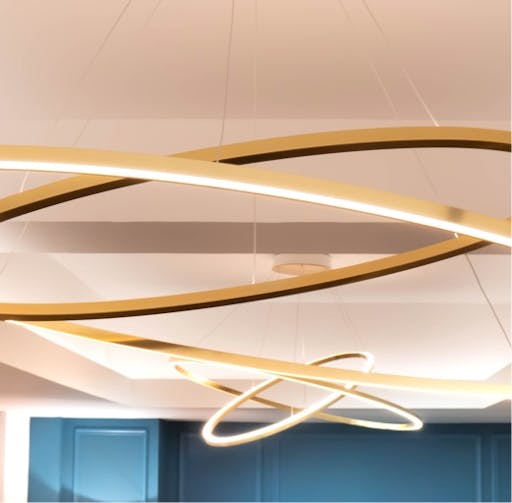A facelift is the quintessential cosmetic surgery procedure offering patients the ability to regain the sharp facial contours and outlines that are associated with youthfulness. Dr. Reitzen takes the utmost care to get the image you want with a facelift on the Upper East Side.
Everyone will heal from a facelift differently based on how aggressive your surgery was; what technique was used; your age and health, and how closely you follow the home instructions that Dr. Reitzen provides you with. For two weeks, you should sleep on your back to prevent your stitches from being “torn down”. A reclining chair may be helpful during this time.
In addition, any kind of strenuous activity will need to be avoided for one month.
As with any surgery, bruising and swelling are to be expected during recovery. Some patients also experience a “tight” sensation or tingling. All of this is temporary. Be sure to not apply any kind of heat to your face, but cold compresses are fine.
One week after a facelift in Upper East Side, most patients feel much better and are able to perform very light activity such as walking. At two weeks, you’ll be past the hardest part of recovery and most patients return to work at this point. After one month, you should be able to resume exercise. Results are visible around the three-month mark, and these results can last up to ten years.













